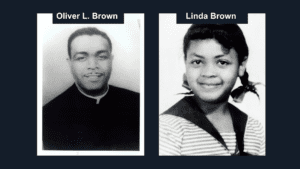Your team at the Center has the day of activities planned for your group. Please see below for a tentative itinerary. Please click here for our educator guide designed to relate the contents of the show to Georgia standards and provide curricular materials for educators.
+ Arrival and Checkin | 10AM
On show day, our team will be prepared to welcome your students in the show beginning at 10 AM. Checkin will last for 30 minutes. We want to ensure your class is able to see the entire show, so prompt arrival is important. Our team of volunteers will be there to guide your class every step of the way!
+ Show Start | 10:30 AM
By 10:30, our cast and crew will be ready to immerse all attendees in the show. We estimate the show will last an hour. Prompt arrival ensures your students will be in their seats to view the entire show.
+ Cast and Crew Q&A
We want to provide your students with the opportunity to talk to the cast and crew. After the show, director and playwright Nikki Toombs, crew, and cast will sit down for a 30 minute Q&A session with the group.
+ Book your class trip
For more information about the show or to book your classroom’s tickets, please contact Cathy Tysinger at: [email protected] 404.991.6973 ext. 103.







